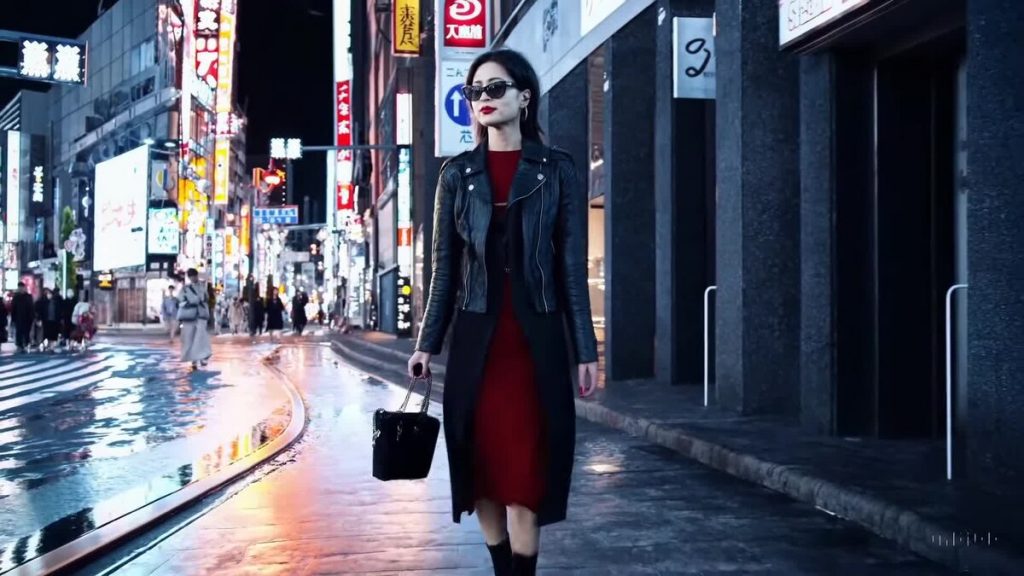When I first heard of Sora, I immediately thought of the Shimano gear system on my road bike. That this name is to be used to describe the next huge shift in AI brings to mind a related analogy; if AI was a gearbox, Sora is surely the equivalent of shifting up a gear as this amazing technology continues to grow at pace.
Let’s get to the conclusion rightaway: Sora, and generative technology like it, is going to be transformational. Video production of any kind is time-intensive to produce. I used to work with a small team of videographers and they used to ask for three times as much time to edit content as it took to capture it. So a one-day shoot needed three days for editing.
What Sora really offers – in addition to its astonishing creative capability – is time saved from video production. Animations, voxpops and special effects are now just text commands in a browser. The camera operators, animators and stage productions could be redundant from the video development process. And the use cases are bewildering, from producing health and safety videos to curating your own movie based on your preferences on evening.
Sora does however bring about a fresh challenge. Our modern lives are already crammed with rich media, from our phones to streaming services through our TV. If Sora, and others like it, mature to the point that we can create any kind of video content on demand and almost instantly, what does that do to the creative media industries? Hollywood productions could even disappear with control moved to writers, sat at laptops, with ideas they can render in different ways to get the outcome they desire. It also creates true equity in film production; you might nail a blockbuster from home with zero funding required.
Makers OpenAI have been thinking about this too, with a simple watermark applied to early versions of their software. This will mitigate deep fakes to a reasonable extent, although you can imagine further use of generative AI to take Sora output and then lose the watermark again by backfilling it with content – something Adobe has been experimenting with.
And we also have something of a journey still in terms of quality. Sora struggles with some aspects of physical movement of the objects within it, such as humans and animals walking smoothly in a way that shows they are bound to a surface through gravity. But it’s hardly a criticism when these renderings are conjured from little more than a text-driven prompt, especially when we know how much better the algorithms will get as we’ve seen with ChatGPT.
Sora is impossible to ignore and beyond the simple pleasure of creating your own content, it opens the door to significant changes in video production. I doubt we’ll suddenly see thousands of film and movie staffers out on the streets looking for work. Where this technology helps is for people who need or want to create video content but lack the production skills, budget and time to complete it. Can’t wait to try it out.

Leave a comment